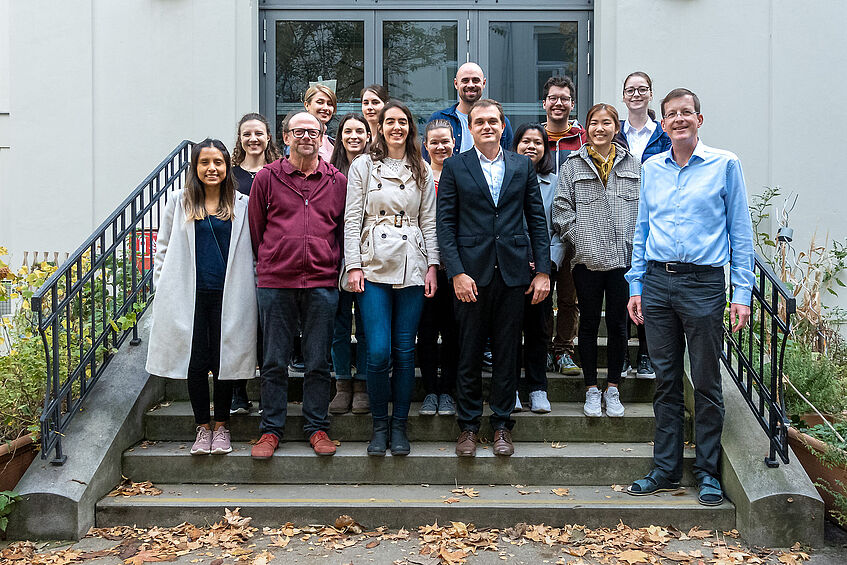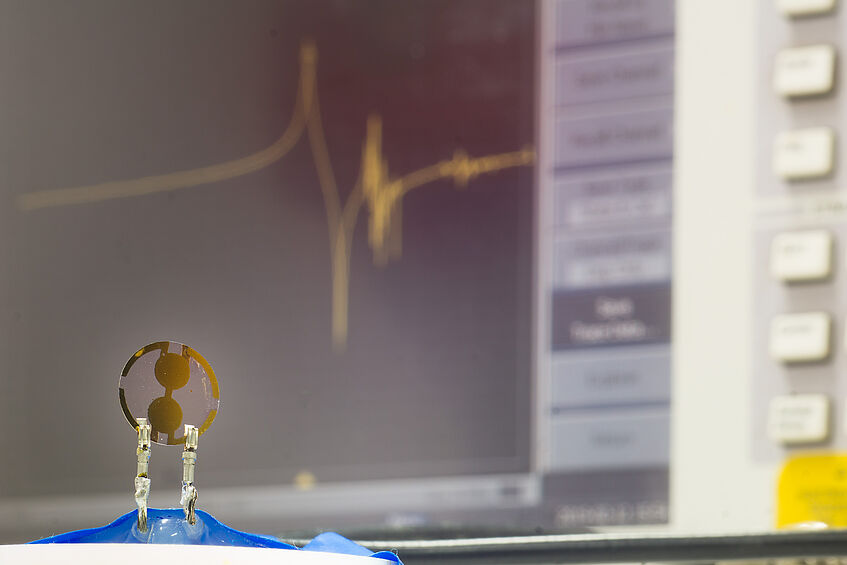Welcome to the Lieberzeit Group

Research Topics
Research of the group of chemical sensing and rapid analysis headed by Peter Lieberzeit most of all relies on intermolecular interactions: its main goal is it to implement bio-analogous recognition in artificial matrices and to utilize them for analysis.
Several techniques and experimental approaches serve that purpose:
- Synthesizing molecularly imprinted polymers (MIP) helps us generating highly selective matrices for binding species ranging from sub-nm to several µm in size. Currently, most work focuses on MIP thin films targeting biospecies, such as proteins, viruses, and bacteria, as well as engineered nanoparticles.
- Synthesizing self-assembled monolayers for generating surface selectivity. Currently, these endeavors comprise both nucleic acid probes aiming at implementing rapid testing in amplification techniques and aptamers.
- Synthesizing molecularly imprinted microbeads that shall be suitable for selective filtering of bioparticles.

Synthesis and mode of recognition of molecularly imprinted polymers; Source: Bräuer, B.; Unger, C.; Werner, M.; Lieberzeit, P.A. Biomimetic Sensors to Detect Bioanalytes in Real-Life Samples Using Molecularly Imprinted Polymers: A Review. Sensors 2021, 21, 5550. doi.org/10.3390/s21165550

Layer design serves one or both of two purposes: First, for designing useful sensor systems. “Useful” in this case means focusing on systems that are potentially interesting for industrial partners, both in Austria, and beyond. Consequently, the group participates in collaborative projects together with industry partners to make “real-life” testing of those systems possible. Second, we aim at understanding binding of analytes to our layers and hence recognition better, for instance by characterizing with spectrometry, AFM, SEM, to name but a few. In terms of sensor measurements, the group has built itself an international reputation in mass-sensitive sensing, mainly based on quartz crystal microbalances (QCMs). We produce those in-house, which allows for maximum possible flexibility and versatility of the systems. Other techniques complement those measurements: Currently, those are mainly surface plasmon resonance (SPR), surface-enhanced Raman spectroscopy (SERS) and impedance (spectroscopy).
